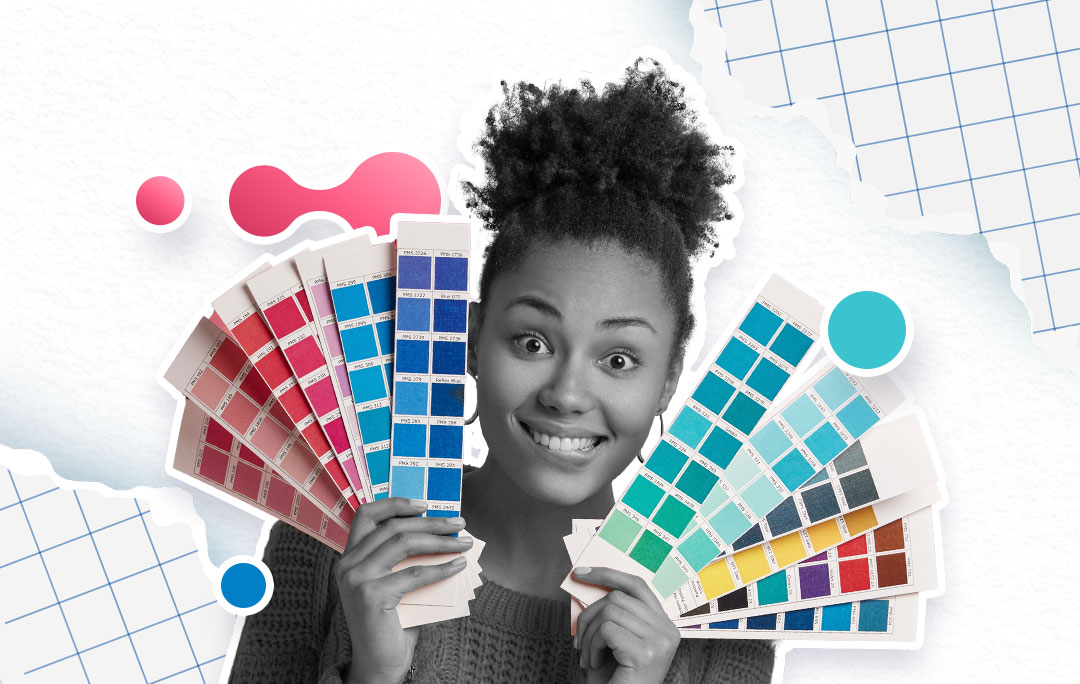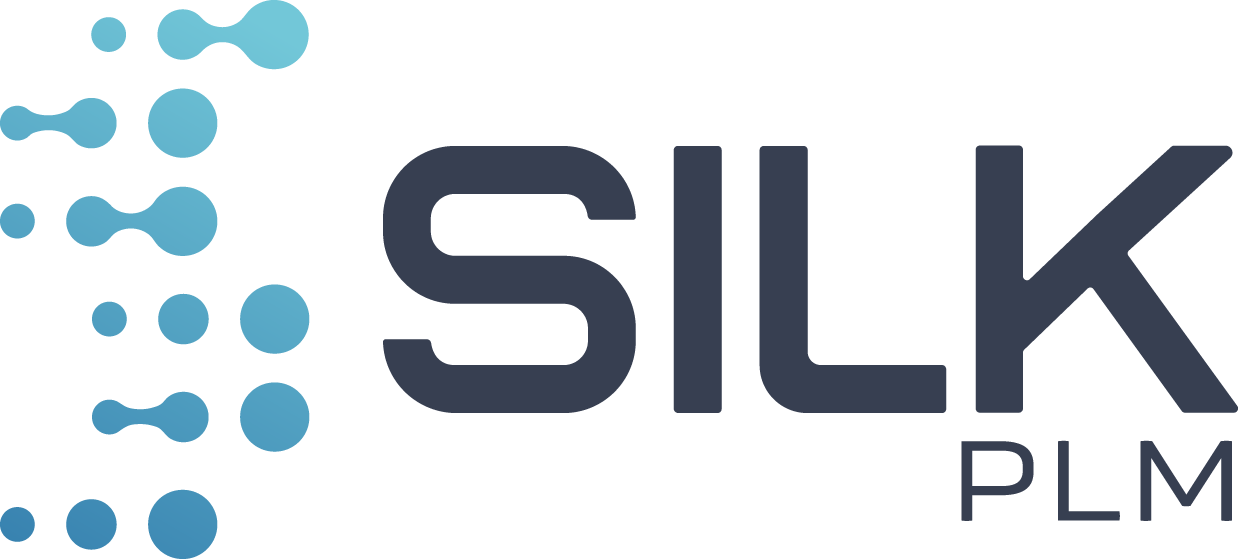The psychology of color in retail industry

Ever walked into a store and felt instantly drawn to a product, just because of its color? You’re not alone! A study by the Rochester Institute of Technology reveals that a whopping 85% of customer purchasing decisions are influenced by color.
Red speaks energy.
Blue whispers security.
Yellow shouts joy.
Green echoes harmony.
Color is a critical element in product design and customer engagement. However, managing colors can be challenging, especially when you need to ensure that they are consistent from a swatch, product sample, or lab dip to various products. This is particularly important if you want them to be arranged in a specific way for visual merchandising.
And that’s where Product Lifecycle Management (PLM) comes in.
PLM can be like a quiet guide behind every color shade in retail stores. From managing color libraries of past seasons to ensuring that a shade of, lets say… yellow we want this year, is consistent across various materials and lighting conditions.
Everything thanks to a single platform where color catalogs, dye properties, and material specifics coexist. Designers, dyers, and manufacturers all use the same color information, making sure the chosen colors look the same from design to final product.
Teams engaged with product, can easily access databases and make comparisons, add their observations or make comments, along with their editing history, making sure no one misses anything.
PLM powered by AI can analyze colors and compare them to the palette chosen by designers for the season, giving tips on how to optimize future sales. In this way, PLM systems help to decode trends, ensuring that products not only meet current demands but also anticipate future ones. And this is an excellent example of a market niche that PLM systems can address in the future.


